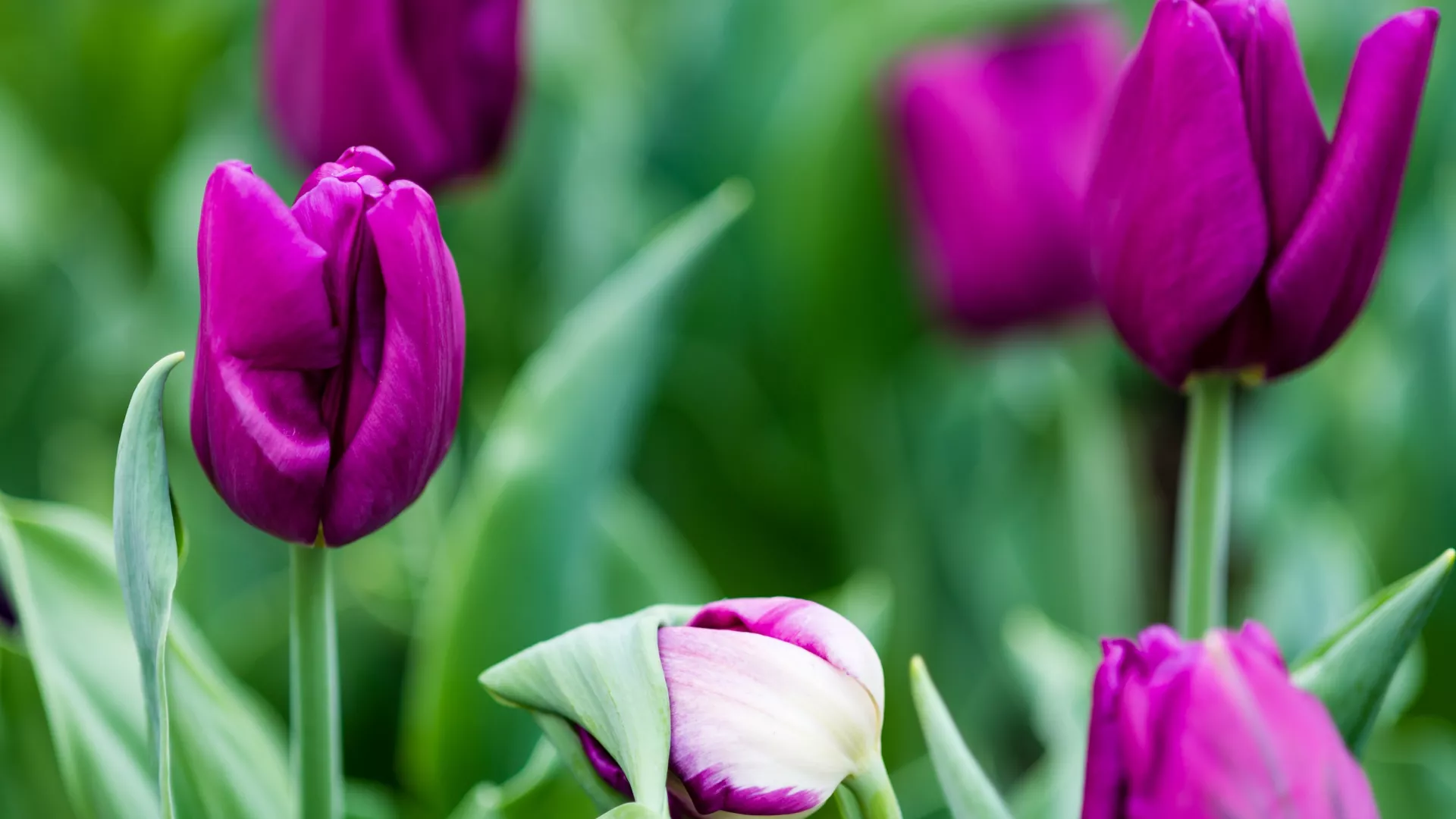
- Home
- Outdoors
- Farms, Gardens and Agritourism
How to Do Home Gardening in Minneapolis-St. Paul
You should be touching dirt. Seriously. Studies have shown that contact with soil supports a healthy gut-brain axis. Plus, gardening can sustain our pollinators, feed our families, and create beautiful and relaxing spaces around us.
Interested, but don’t know where to start? Here’s everything you need to know about growing a garden of any size in Minneapolis and St. Paul.
Find Your Space
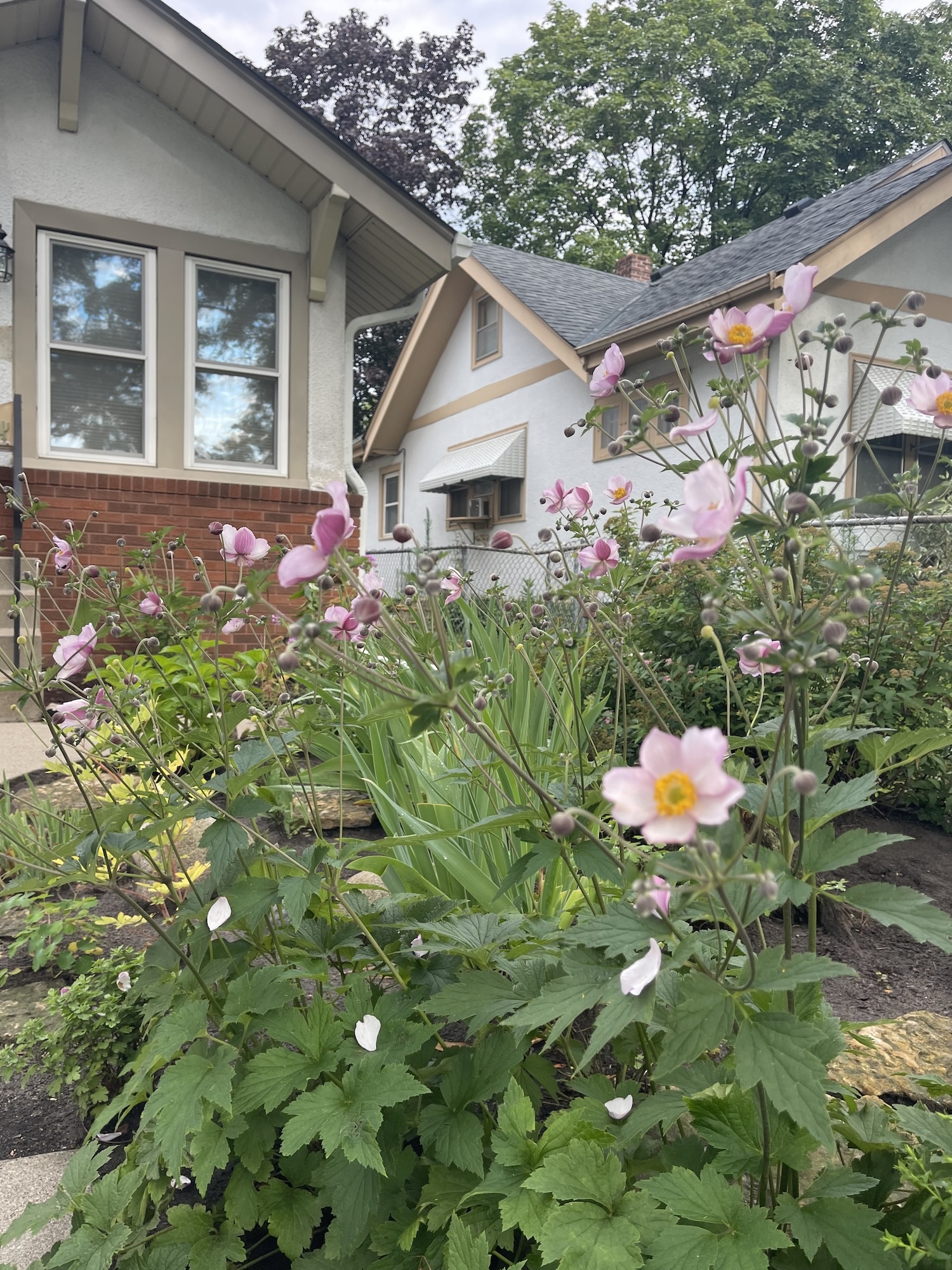
Have a yard? Wonderful, your options are nearly limitless. But homeownership (or a lenient landlord) is not your only pathway to gardening. You can create beautiful and robust container gardens on apartment patios, balconies, or reserve an allotment in a community garden space, like Dowling, Union Park, or Summit Hill.
Most community allotments have a modest annual fee or a small requirement for volunteer hours (between two and four hours a year, usually). Minneapolis and Saint Paul also allow boulevard gardening with some restrictions.
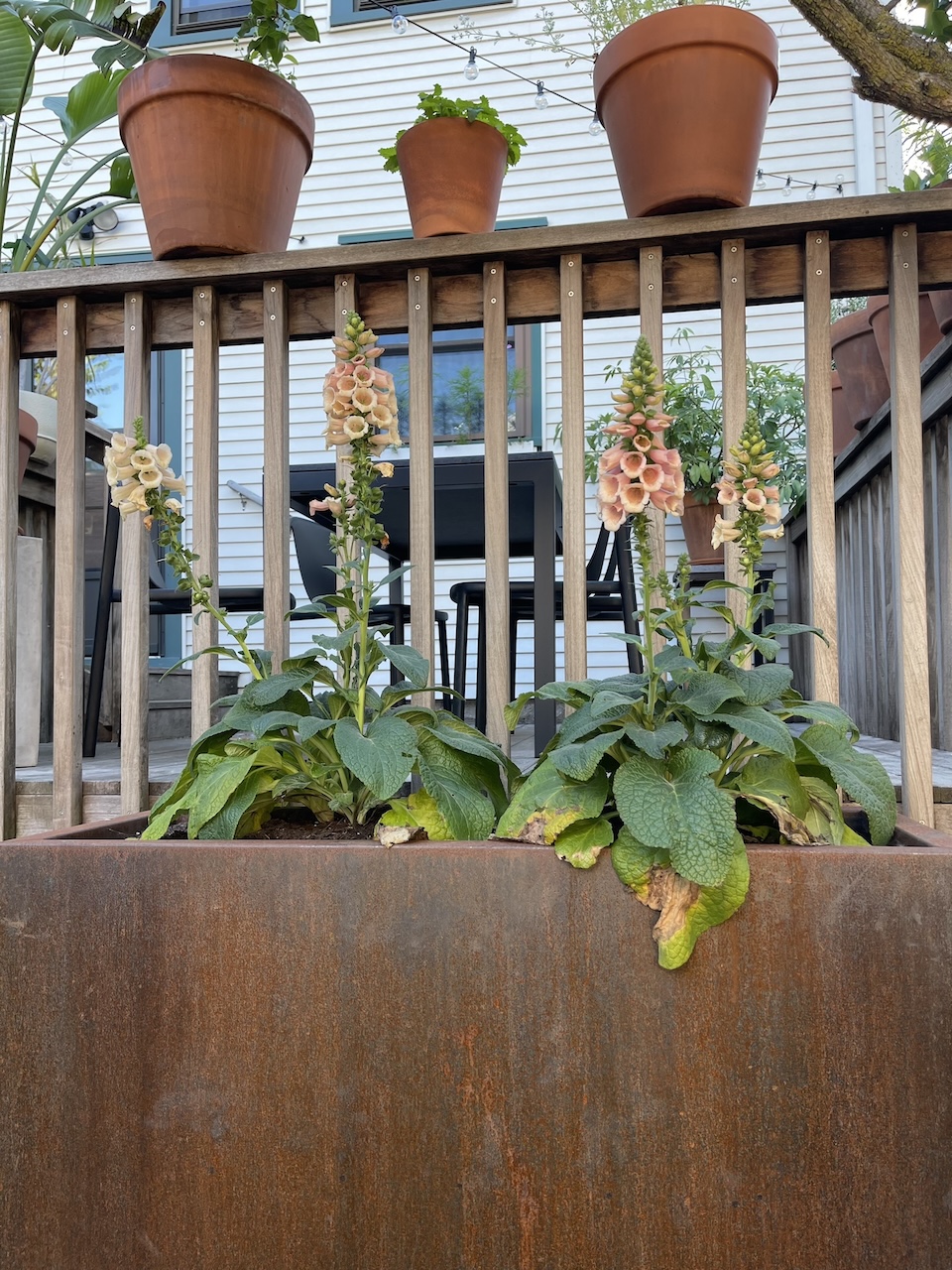
For those who container garden, terracotta pots are inexpensive and available at most large home and garden centers. If you want your container garden to be perennial (come back year after year without any work), choose plants that are hardy down a full USDA growing zone. For most of us in the Twin Cities, that’s Zone 3.
Good container plants that are perennial in Zone 3 include chives, strawberries, day lilies, and hostas. Then, fill in the rest of your containers with beautiful annuals, like basil, cilantro, cosmos, and snapdragons.
Check Growing Zones

The USDA Plant Hardiness Zones determine what plants are perennial (return year after year) in different parts of our large and ecologically diverse nation.
Minnesota ranges from Zone 2b (in the far north of the state), to 5a (in the more southern areas). Minneapolis-St. Paul is somewhere between 4a and 5a, depending on your exact location.
You can plant perennials that are below your growing zone, but not above it. That means most Minneapolitans can grow perennials that are growing zone 5a or below, but those who want to play it safe should only purchase those that are listed as hardy to zone 4. If you purchase a zone 5 plant, be sure to give the plant extra protection before winter – a little mulch or pile of leaves on the roots placed at the end of fall usually does the trick.
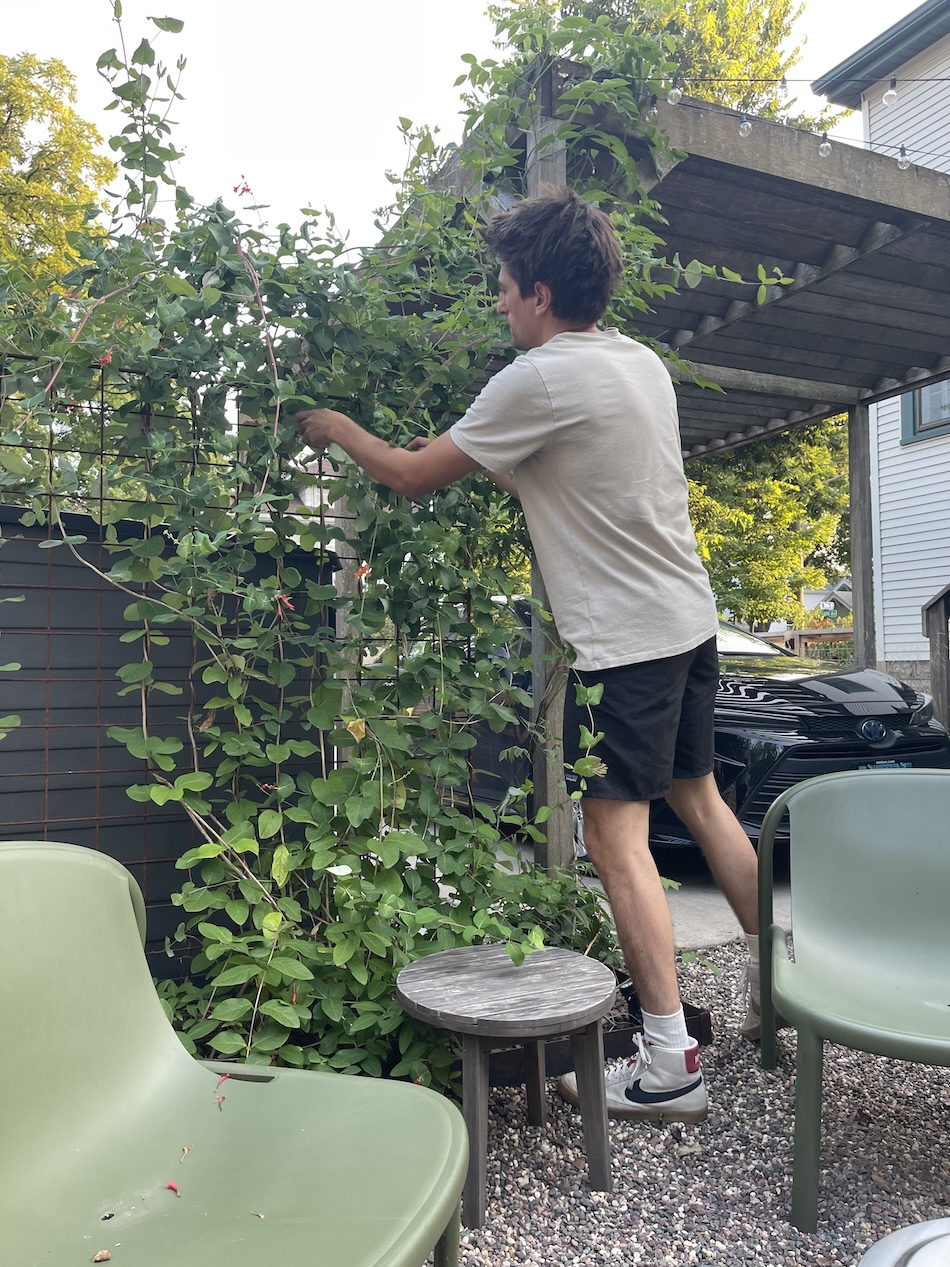
So how do you check a plant’s growing zone? Any plant sold at a garden center will have the growing zone listed on the tag. You may also see “maximum” growing zones for plants that need a hard freeze, like apple trees – but that’s not usually an issue in Minnesota. Your other option is to simply google.
Remember that some plants have “hardy” varietals that have been bred specifically for cold climates. For example, lavender is usually not hardy in Minnesota, but the Cynthia Johnson varietal was bred by Minnesota growers to be tough. Same with the beautiful Blue Moon Wisteria.
Test Your Soil
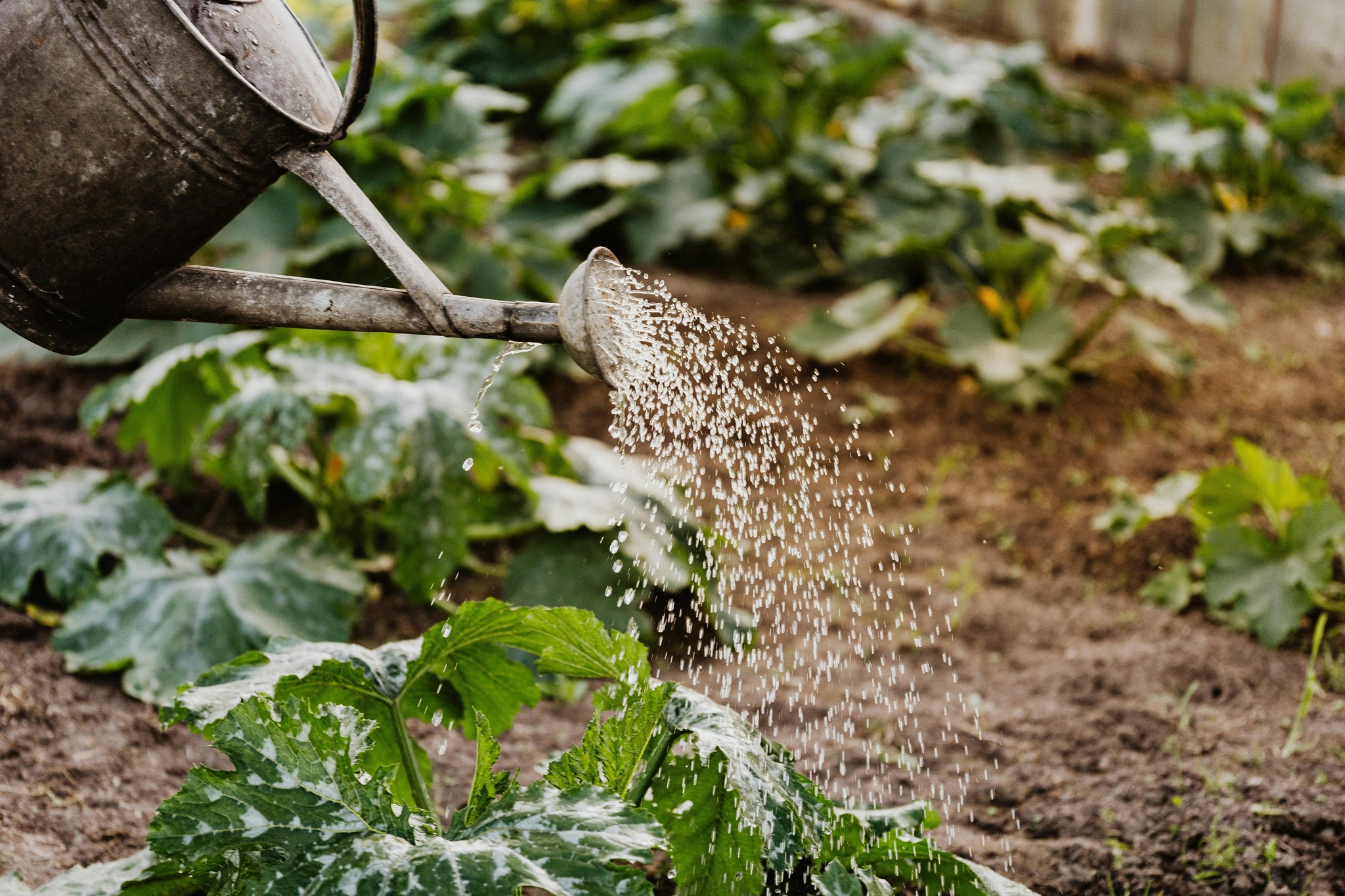
Every good garden starts with good soil. Getting an inexpensive soil test can not only tell you if there’s lead in your soil (vital if you have young children in the home and you plan to eat what you grow), but can guide you on your way to getting a healthy mix that will produce the best growing results.
We won’t get too nerdy here and tell you about the different soil sub-types in Minnesota (although, you know, if you’re curious), but most home gardeners will need to amend with plenty of organic matter, especially if you’re growing on a new plot.

For most of us, that means composted manure. You can purchase composted manure and other types of organic soil amendments at large garden centers or local stores like Mother Earth Gardens, Bachman’s, and Gertens. If you need a large amount, consider buying in bulk from a landscaping company like Kern or Klier’s.
Those with community garden plots can apply for free compost from the city of Minneapolis.
Want to make your own? Hennepin County offers low-cost compost bins and free backyard composting workshops to residents.
Seek Inspiration at
Plant Stores and Sales
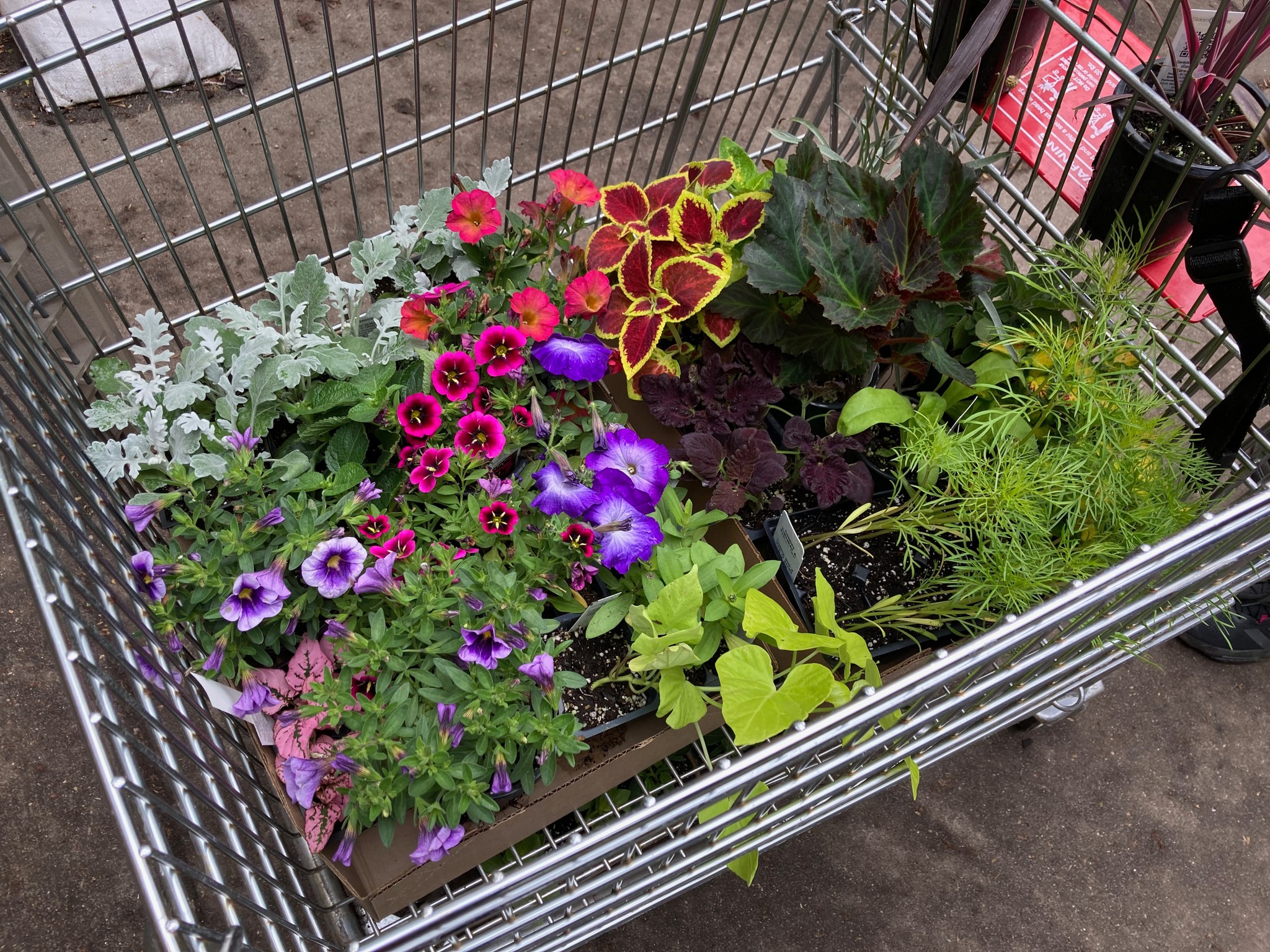
The biggest plant sale in the state is the Friends School Plant Sale, a massive, cult-like fundraising event that happens on the State Fairgrounds every Mother’s day weekend. Doing the Friend’s School Sale can be a competitive sport — those who want rare items will line up at four in the morning on opening day to get an early entry wristband.
But it doesn’t have to be intense; the Saturday and Sunday crowds often stroll right in (all remaining plants are 30% off on Sunday). You may not get a rare Fernleaf Peony, but there will still be plenty of lovely things to grow.
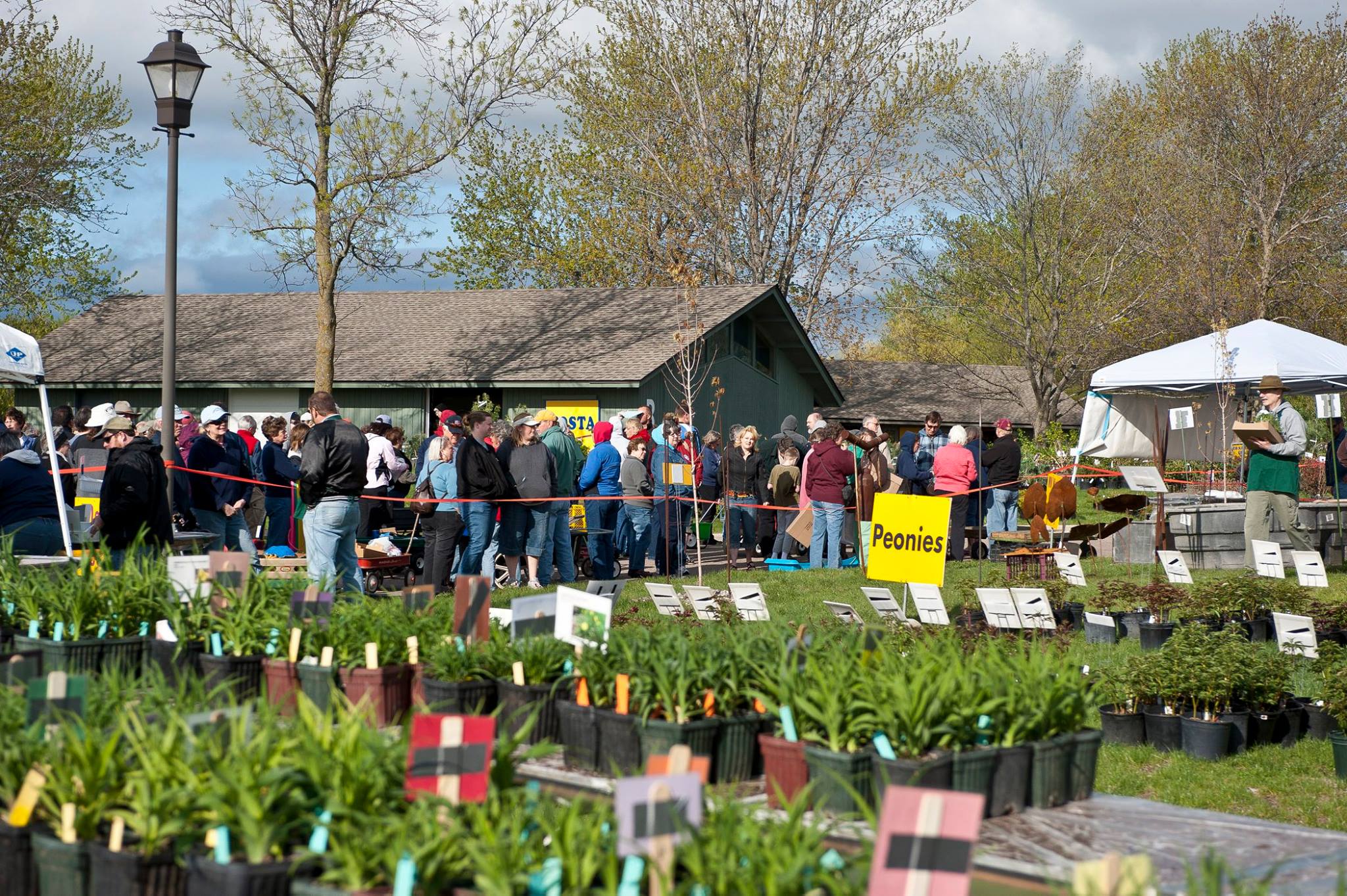
Other popular plant sales are the one at the Landscape Arboretum, which features plants developed by UMN scientists (who are responsible for the Honeycrisp apple), the Hennepin County Master Gardner Sale, and the Anoka County Master Gardener Sale.
Already missed the dates? No worries. The Twin Cities are home to many wonderful garden stores and centers, which carry natives, perennials, annuals, shrubs, trees, vegetables, and herbs. We love Gertens, Bachman’s, Mother Earth, Highland Nursery, Tangletown Gardens, Wagners, Sunnyside, Tonkadale, and Agrarian.
Ask a Master Gardener
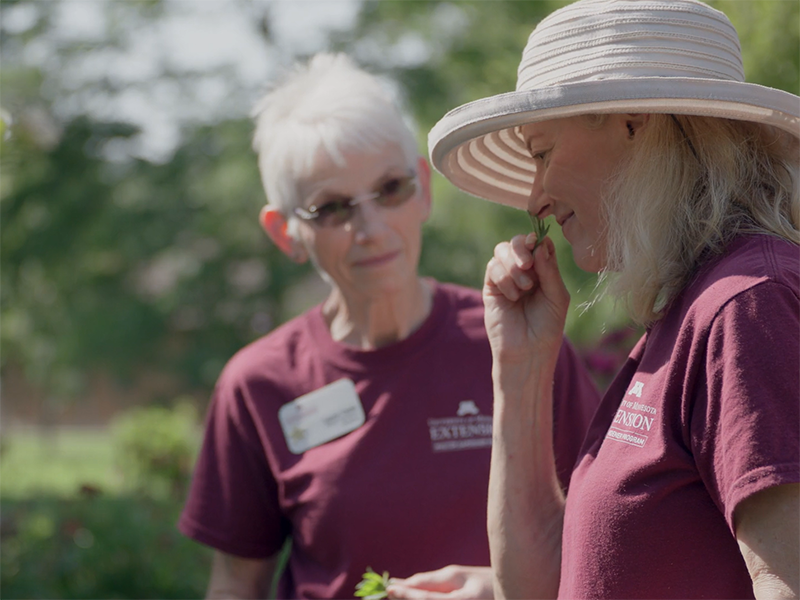
Sometimes, when you’ve exhausted yourself googling “four-lined bug plant damage why do they like mint???” and still don’t have clear answers, you just want to talk to a real, knowledgeable person. We are lucky to have the University of Minnesota Extension’s Master Gardener program. UMN Master Gardeners offer a wealth of knowledge, and the program is entirely made up of volunteers. They are often present at local farmer’s markets, or you can submit a question online and a Master Gardener will answer, entirely for free.
If you’re looking for peer-to-peer resources, the Minnesota Fruit and Vegetable Gardening and Twin Cities Perennial Exchange Facebook groups are lovely spaces filled with knowledgeable and passionate home gardeners.
Don't Mistake Pretty
Invasive Plants For Friends
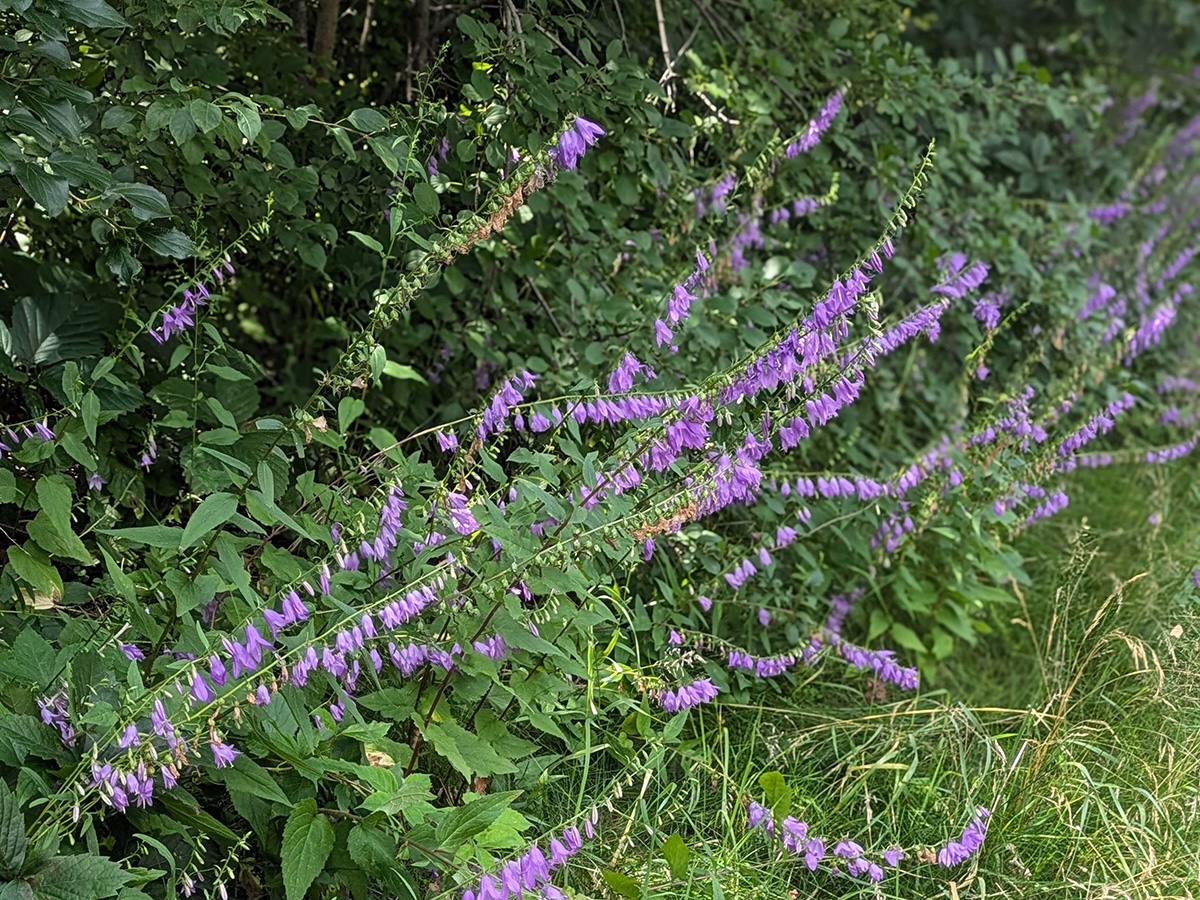
Once you know what creeping bellflower looks like, you’ll see it everywhere. This aggressive invasive has lovely, cupped purple blooms, but don’t let it fool you – it will choke out everything around it until there’s nothing left.
If you see creeping bellflower in your yard, pull it. Each plant contains thousands of seeds that can quickly become a problem for both you and your neighbors.
Minnesotans also struggle with weed trees, including tree of heaven and buckthorn, which is often managed on large properties by herds of goats. If you see buckthorn on your property — don't panic. Your best (and least toxic) course of action is to use a weed wrench, a simple tool that pulls weed trees out by the root.
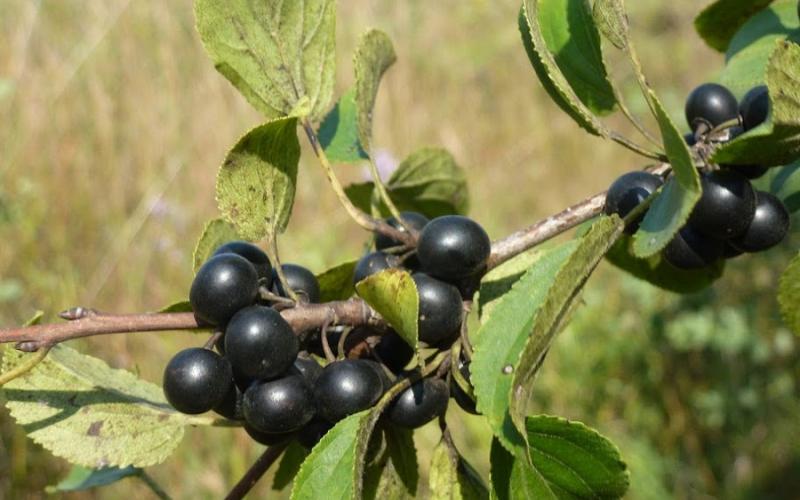
If a weed wrench is out of your budget and you just need for it a day or two, you can rent them from the Minnesota Tool Library, which has locations in Minneapolis and St. Paul.
Unsure if something coming up in your garden is a friend or a foe? If you have an iPhone, you can use the plant identification feature embedded in the photos app. There are also lots of independent plant identification apps out there, including Plantora and Pl@ntNet.
And remember, just because it's lovely to look at doesn’t mean it should stay. Many invasives have learned to play pretend – just take Dame’s Rocket, which looks very similar to native Phlox, but has twenty times the attitude!
Learn more about invasive plants in Minnesota.
Consider Planting Natives
(Or an Eco-Friendly Lawn)
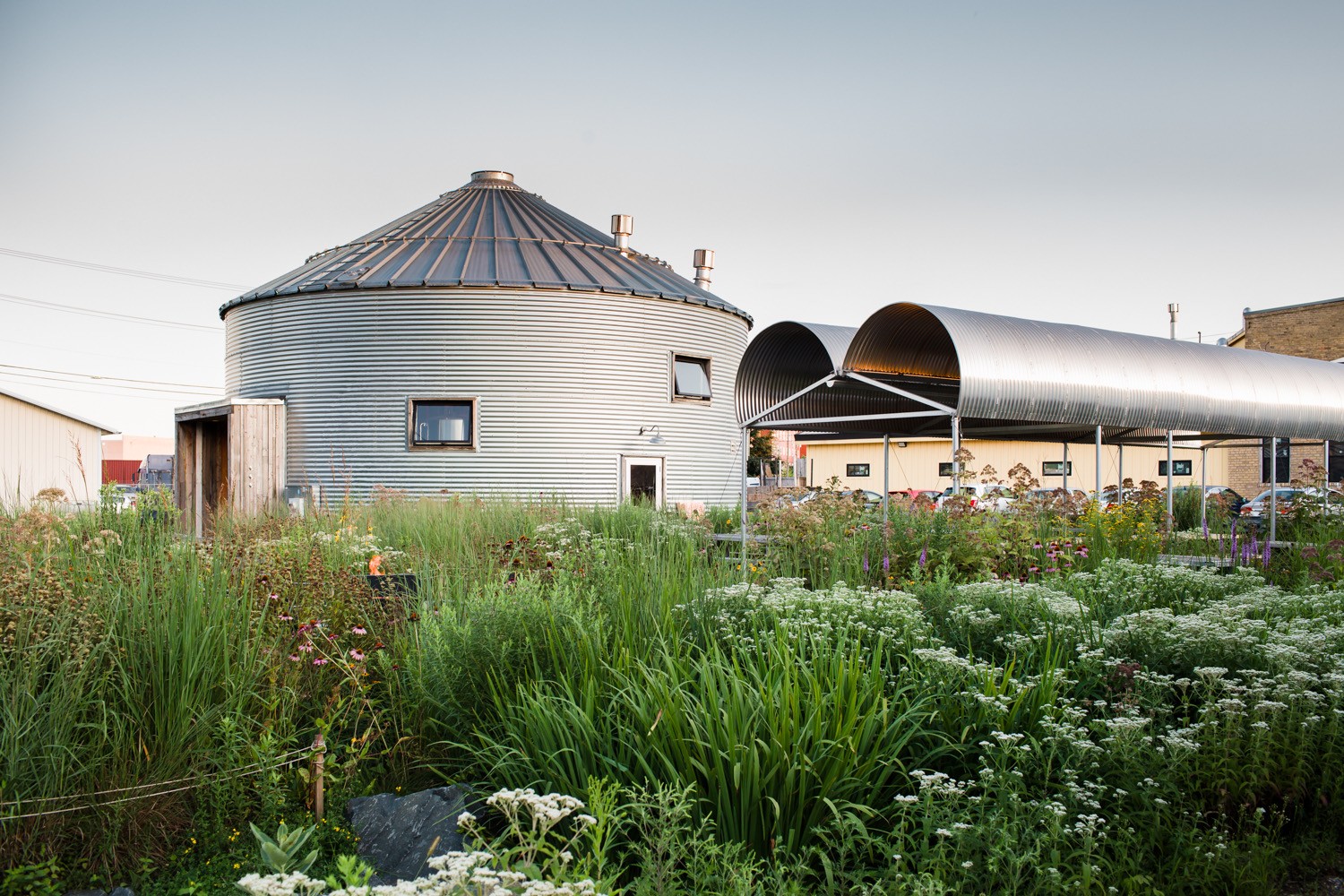
For years, many people thought native gardens looked “weedy” or “unkempt,” but in recent years, gardeners have learned to appreciate our abundance of beautiful native plants. Coneflower, Blazing Star, Baptisia, Bee Balm and Pasque flower are all native to Minnesota, and make gorgeous and colorful gardens that help sustain our native pollinators.
Need inspiration? Take a trip to Bang Brewing and enjoy a drink in their expansive native gardens.

There’s even a financial incentive: Minnesota’s Lawn to Legumes program provides reimbursement up to $400 for residents who plant pollinator habitats on their properties.
Ready to give up on grass? Most lawn grasses aren’t native to our state, and can’t stand up to invasive weeds or even happy dogs. For those who are ready to make the switch, you have options, including a white dutch clover lawn, micro clover, bee mix, or an eco-friendly, native sedge like the one available from Prairie Moon Nursery in Winona.
Find out more about living in Minnesota.
